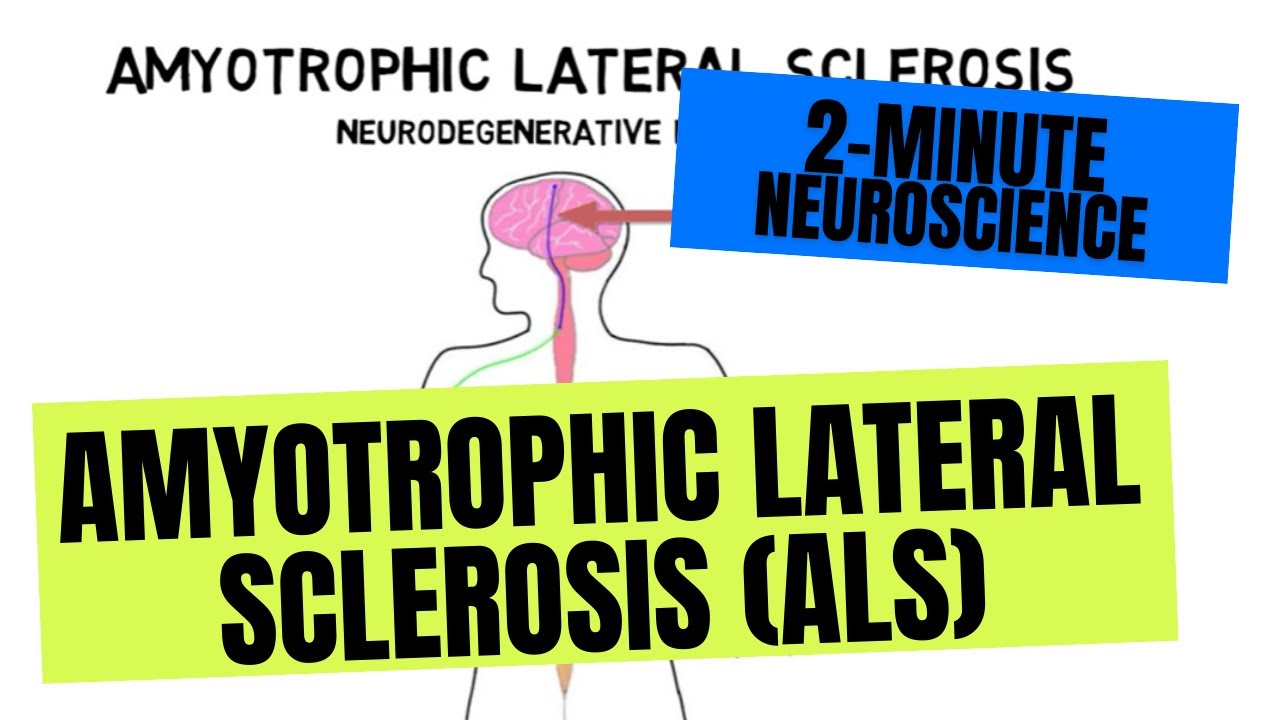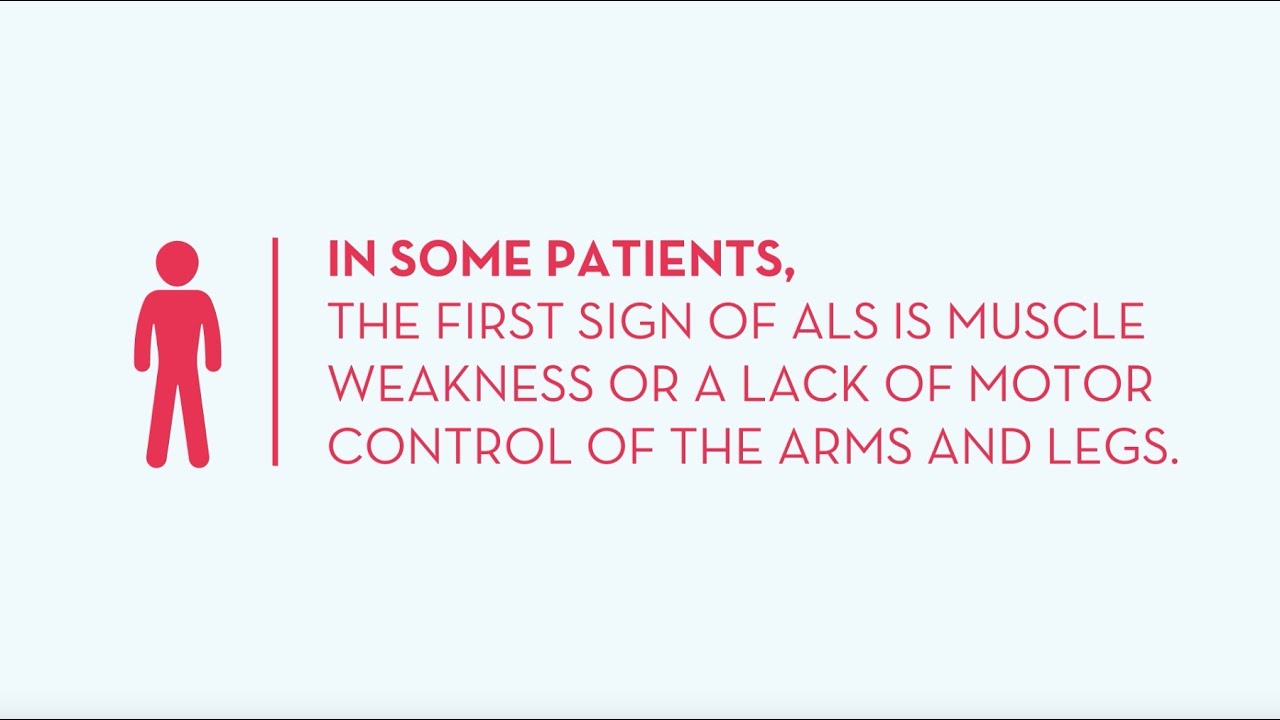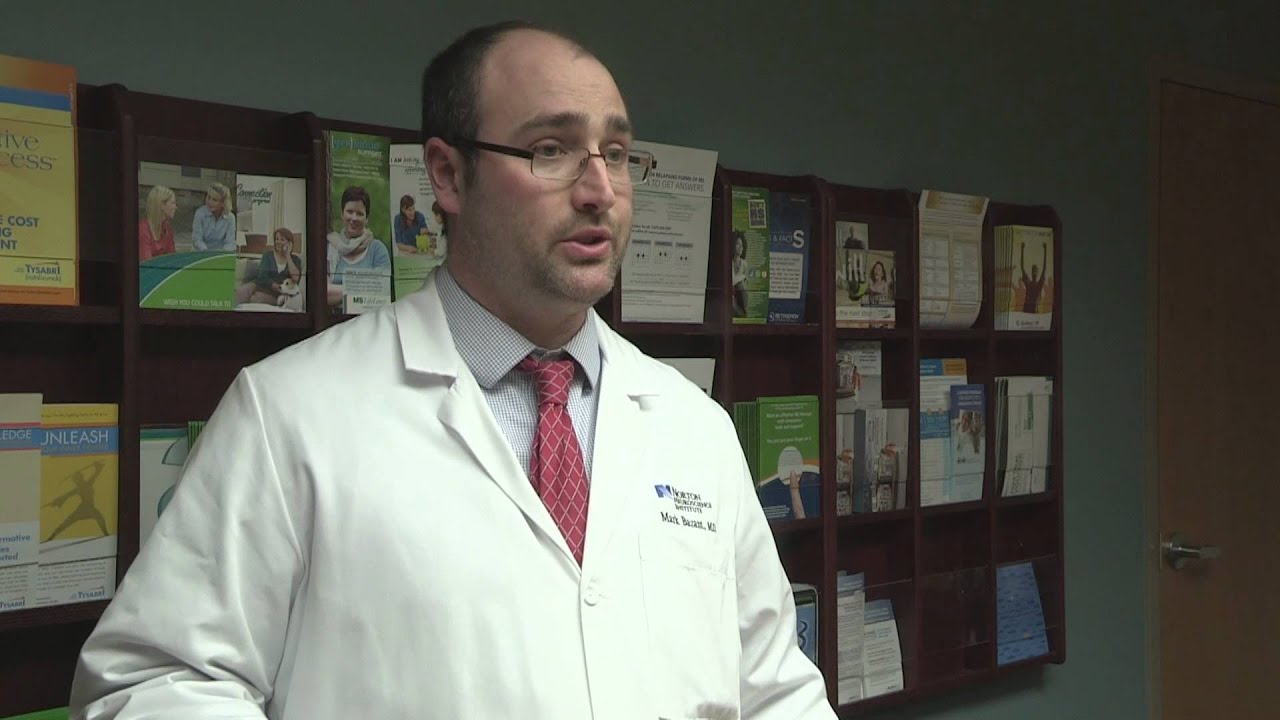
Understanding What Is ALS Disease: A Closer Look at Amyotrophic Lateral Sclerosis
What is ALS disease? This is a question that many stumble upon, yearning for clarity. Amyotrophic Lateral Sclerosis, commonly known as ALS or Lou Gehrig’s disease, is a progressive neurodegenerative condition specifically targeting nerve cells in both the brain and spinal cord. This diagnosis isn’t just a medical label; it’s a life-altering revelation that ushers in a series of physical and emotional challenges.
The hallmark of ALS is the gradual decay of motor neurons, leading to muscle weakness, paralysis, and, inevitably, respiratory failure. Symptoms often begin subtly but can escalate swiftly. Patients might notice a slight twitch or a bit of clumsiness that rapidly morphs into severe mobility issues. Research love to delve deep into the genetic and environmental influences guiding this condition. Data suggests mutations in genes, such as SOD1 and C9orf72, can predispose individuals to ALS, while toxin exposure in the environment could also play a significant role.
For those grappling with the practical implications of this disease, understanding its nuances is essential. Clever individuals are raising awareness, discussing developments, and emphasizing the importance of community support. Society must recognize that ALS isn’t just an individual’s battle; it’s a collective journey that necessitates empathy and action.

The Life-Altering Impact of ALS: 7 Ways It Transforms Lives
How does ALS turn lives upside down? The impact of this disease ripples far beyond the person diagnosed; it sends shockwaves through families, friendships, and communities. Buckle up as we explore seven vital changes ALS brings to the table:
With ALS, independence can vanish before you know it. Imagine losing the ability to stroll in the park or even pour your morning coffee. These feats become monumental challenges as ALS progresses, forcing many into the hands of caregivers.
Let’s get real—receiving an ALS diagnosis can hit harder than a trendsetter’s highest heels. Emotional disturbances often follow closely behind. Depression and anxiety can creep in like unwanted guests, overshadowing the physical trial of the disease.
Picture this: mounting medical bills, adaptive technologies, and home renovations all adding up like an annoying fashion tab. As families tread through the intricate world of insurance and care costs, the financial strain can become overwhelming, potentially leading to precarious situations.
A diagnosis doesn’t just impact the patient; it reshapes the entire relationship dynamic. Partners may find themselves navigating uncharted waters, leading to emotional strains or unexpected distances. Who knew caregiving could change the bedrock of love?
Many with ALS are forced to make heart-wrenching decisions about their careers. The prospect of leaving a job can churn up feelings of loss—not just financially but also of identity. How do you define yourself when a career goes through the leave of absence, or worse, termination?
The quest for an ALS cure has inspired a flurry of clinical trials. While optimism fills some hearts, a lack of accessibility challenges others. It’s essential to spotlight these disparities and advocate for equal resources across the spectrum of patient experiences.
Fortunately, those facing ALS can find solace amid the chaos. The ALS community—think support groups, online forums, and advocacy organizations—provides crucial resources and emotional uplift, allowing individuals and families to breathe a bit easier.

The Neurological Mechanisms of ALS and Their Implications
ALS is not an enigma; it’s a puzzle waiting for brilliant minds to solve. At its core, the insult to motor neurons—the very cells controlling voluntary muscle movement—reveals the biological tragedy underpinning this condition. The annihilation of these neurons triggers muscle deterioration; thereby, victims experience issues that affect everything from dexterous finger movements to essential breathing functions.
Recent research suggests that genetic factors are just a piece of the puzzle. Toxins lurking in our environment might also spark the ignition for this ailment. What does this mean for therapeutic development? Knowledge of these mechanisms is critical. We’re not just banding together against the symptoms, but we’re understanding root causes, making strides toward more effective treatments.
Looking ahead, the scientific community is relentlessly refining approaches. Understanding ALS deepens with each study, arming us with insights necessary for clinical advancements. The hope glimmers brightly, and with advocacy elevating awareness, we may soon witness real change.

Real-Life Stories: Who Are the Faces of ALS Today?
When discussing ALS, it’s essential to humanize the narrative. Many inspiring figures, including the late Stephen Hawking, exemplify strength in the face of dire circumstances. Hawking lived with ALS for over 50 years, captivating minds worldwide while defying expectations. His story demonstrates that while ALS is formidable, it doesn’t erase the possibility of a fulfilling life.
Also worth noting are other famous individuals, such as baseball immortal Lou Gehrig, whose struggles significantly raised awareness about ALS. Even decades after his passing, his legacy inspires researchers and advocates, igniting efforts for better treatments and support.
Moreover, social media’s influence has ushered in a new wave of awareness. Alabama Barker, for instance, frequently touches on personal themes, including chronic illness, encouraging honest conversations that resonate, particularly among younger demographics. By vocalizing her experiences, Barker fosters community and understanding, bringing ALS’s complexities to light.

Current Advances and Future Directions in ALS Research
Let’s cut to the chase: hope is not lost! Research into ALS has seen a remarkable uptick. Innovative therapies are on the horizon, with drugs like Riluzole and Edaravone receiving FDA approval to mitigate symptoms. This is just the tip of the iceberg.
Gene therapy and stem cell interventions are burgeoning fields that ignite excitement within the medical community. Imagine a world where genetic methods slow disease progression. Might that become a reality? Only time will tell, but the potential for life-altering treatments continues to grow.
Moreover, advancements in assistive technology, such as speech-generating devices and mobility aids, enhance daily living standards for those with ALS. Their designs empower patients with better independence while fostering a sense of purpose amid challenging circumstances.
The Broader Impact of ALS Awareness in Society
Raising awareness about ALS isn’t just a feather in our cap—it’s a necessary societal shift. Fostering understanding fosters funding for research, support systems, and compassionate insights into living with disabilities. This visibility opens up extensive discussions around health accessibility, mental well-being, and the caregiving landscape.
Ultimately, ALS awareness can serve as a catalyst for broader changes in healthcare policies. When society unites to advocate for those facing ALS, the ripple effects could manifest as real-world improvements in systems big and small.
As we focus our lenses towards ALS, it’s crucial we come together not only to support research but to champion the individuals and families affected. Their resilience illuminates the power of the human spirit, reminding us that compassion must accompany any medical advancement.
So, what is ALS disease? It’s not just a medical condition; it’s a call to action—a reminder that we are all part of one great narrative filled with struggle and grace. Together, let’s embrace this journey with empathy in fashion-forward unity. Now, isn’t that a bold statement worth wearing?
What Is ALS Disease?
Amyotrophic Lateral Sclerosis (ALS) is a progressive neurodegenerative condition that affects nerve cells in the brain and spinal cord. Imagine it as a thief that slowly robs individuals of their ability to move, speak, and ultimately breathe. The cause of ALS remains a bit of a mystery, with various factors believed to play a role, including genetics and environmental influences. Interestingly, one of the most famous advocates for ALS awareness is Lou Gehrig, a legendary baseball player whose struggle with the disease brought it to public attention.
Fascinating Trivia About ALS
Did you know that ALS is sometimes called “Lou Gehrig’s disease”? That’s right! This nickname honors the sports icon who faced his diagnosis with courage and became a beacon of hope for many. As a side note, exploring courage in the face of adversity can remind us of heroes from different areas, much like Tomer Capone, known for his compelling roles in film. While ALS symptoms can vary greatly, they commonly include muscle weakness and atrophy, leading to challenges in everyday tasks. And just like the latest buzz around Lightyear, public interest in ALS has seen spikes, especially during events like ALS Ice Bucket Challenge, where donations soared, making significant strides in research.
The Life-Altering Impact
The impact of ALS isn’t just physical; it also affects emotional and social well-being. Imagine facing such a life-altering diagnosis and trying to navigate relationships and careers. Speaking of relationships, it’s interesting to note how supportive partners can make a difference. For example, Pierce Brosnan’s wife played a vital role in his life, much like many caregivers do for those dealing with ALS. The nature of ALS creates a ripple effect that influences families and friends, shaping their lives drastically. And on a lighter note, the resilience seen in those battling illnesses often reminds us of fictional characters, like Lady Jane grey, who faced tumultuous circumstances with dignity.
Ultimately, life changes, but communities often rally around those impacted. As seen with people like Melissa Mcbride, who has inadvertently inspired others through her roles, public figures can create awareness and spark conversations about issues like ALS. It’s crucial to continue exploring ALS; who knows what breakthroughs await just around the corner, similar to the dynamic cast of “Snowpiercer” that keeps viewers on their toes? Understanding “what is ALS disease” helps us grasp the true weight of its impact, making it essential for awareness and support to grow ever stronger.
































